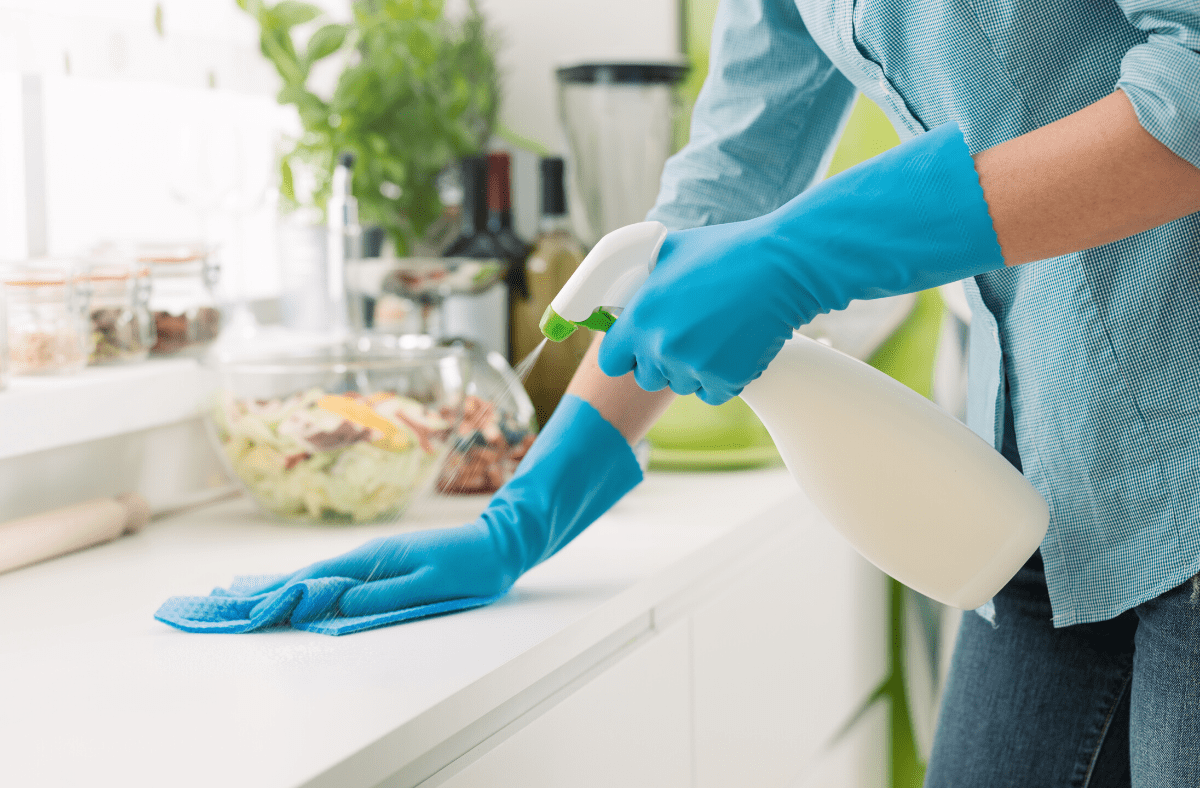Sanitizer vs. Disinfectant
Understand the difference between the two.
What is the Difference?
Although santize and disinfect are often used conversely, there is actually a significant difference between the two.
Understanding the difference can help you decide which cleaning products to buy, and how to use them to keep you home clean and safe.
Sanitizer
According to the CDC, sanitizer is the process that destroys or eliminates all forms of microbial life and is carried out in health-care facilities by physical or chemical methods.
In other words, sanitizing refers to lowering the number of germs on a surface to a safe level, “as judged by public health standards or requirements.” This process works either through cleaning (which physically removes germs from surfaces) or disinfecting (which kills germs). Sanitizing is generally a little more gentle than disinfecting.
Examples of Sanitizer Products
Lysol All Purpose Cleaner
409 All Purpose Cleaner
Clorox Cleaner & Bleach
Disinfectant
According to the CDC, disinfectant describes a process that eliminates many or all pathogenic microorganisms, except bacterial spores, on inanimate objects. In health-care settings, objects usually are disinfected by liquid chemicals or wet pasteurization.
In other words, unlike sanitizing, disinfecting won’t be a super common part of your cleaning routine. It’s really meant for serious messes like those involving bodily fluids, making it more common in medical settings.

